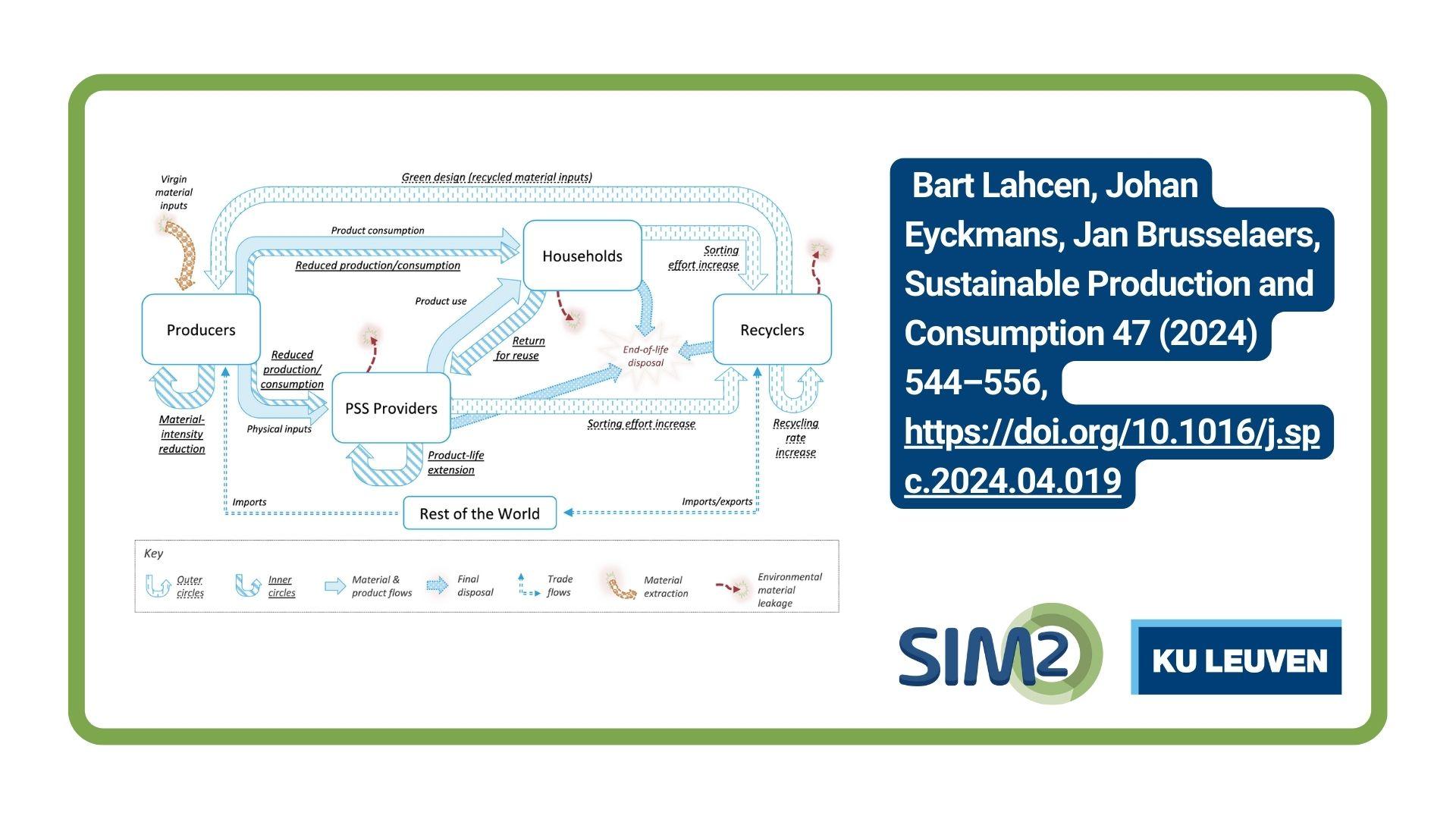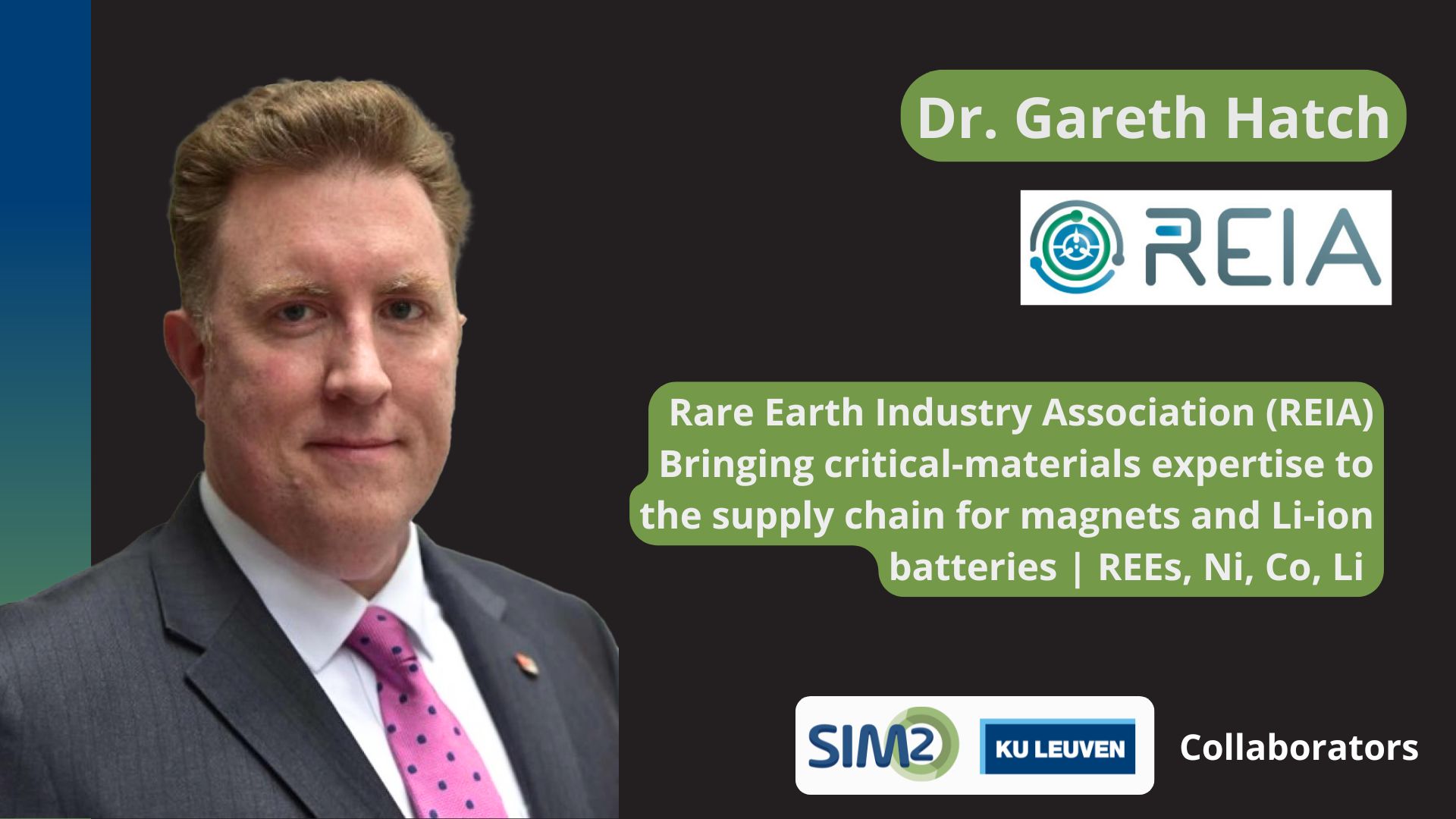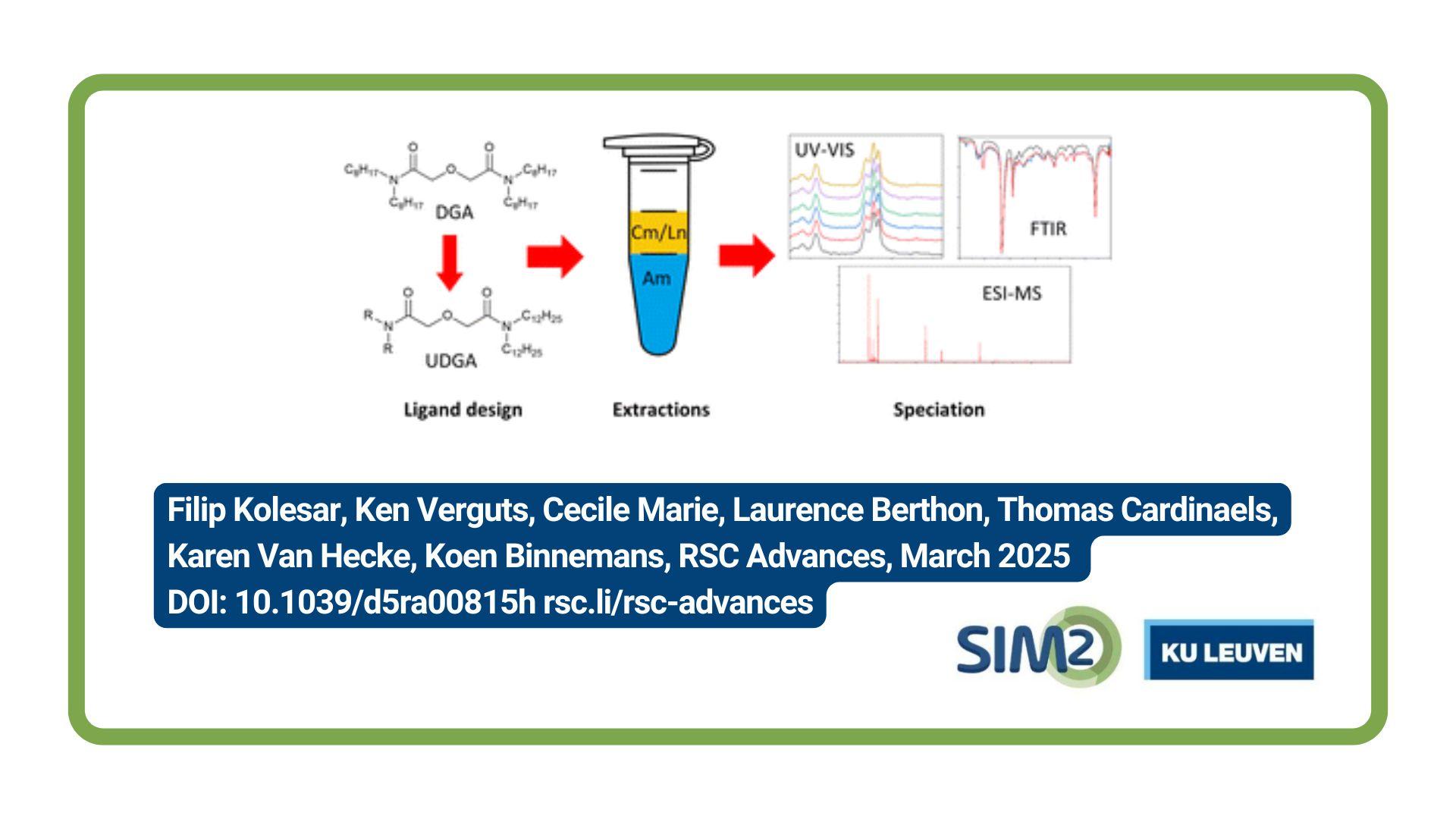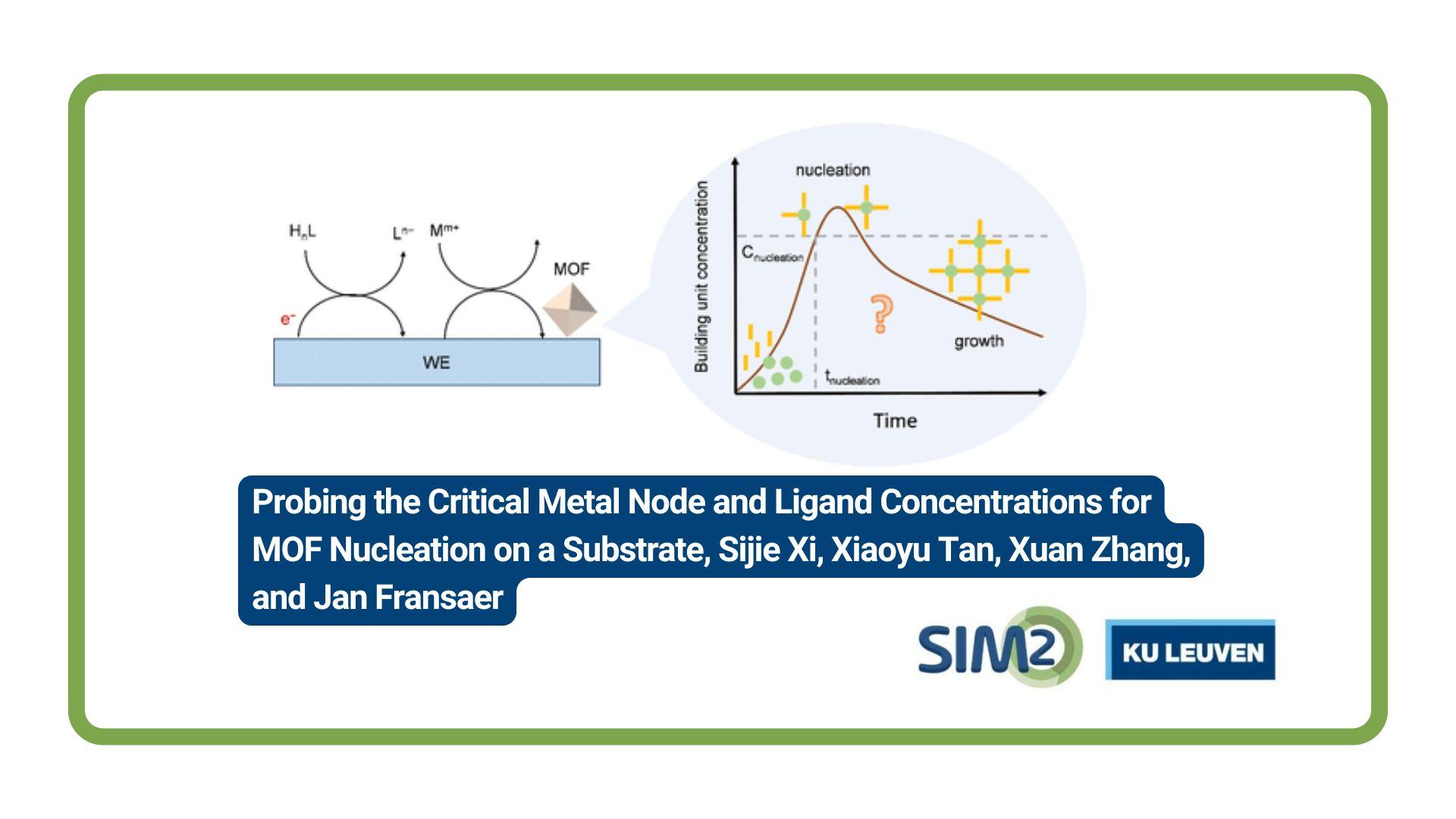Johan Eyckmans from the Center for Economics and Corporate Sustainability (CEDON) KU Leuven and colleagues from Hasselt University and VU University Amsterdam have published a new article on linking methodologies to assess climate impacts and circular economy strategies along supply chains. The article is published in the April 2024 issue of the Sustainable Production and Consumption.
This paper introduces a generic hybrid methodology for assessing economic and environmental impacts along
interconnected supply chain markets, considering both the material/product level and the market mechanisms
that govern resource allocation. The methodology is illustrated by considering a competitive market and
benevolent social planner variant of a supply chain equilibrium (SCE) model, applied to the specific case of
single-use and reusable plastic bottles in Belgium. The benevolent social planner optimises a societal welfare
function that includes all relevant revenues and costs along the plastic bottle supply chains – including external
environmental damage costs. These costs comprise climate damage and are incorporated into the SCE model by
combining life cycle assessment data with economic data. The main advantage of this model setup is that it better
represents policy reality because it allows to study the effectiveness and efficiency of the simultaneous implementation
of multiple circular strategies, their interactions, and possible rebound effects. The findings indicate
that when all climate costs are internalised simultaneously, the competitive market solution approaches that of
the benevolent social planner. Yet, when policymakers have fewer instruments at their disposal in relation to the
number of environmental externalities, the welfare impact of competitive market solutions is limited or even
negative. Moreover, key circular economy practices such as material intensity reduction and green design are
particularly lagging behind compared to their welfare-optimising levels.
Reference
Bart Lahcen, Johan Eyckmans, Jan Brusselaers, Sustainable Production and Consumption 47 (2024) 544–556, https://doi.org/10.1016/j.spc.2024.04.019
Acknowledgement
The authors would like to thank Prof. Dr. Sandra Rousseau from KU Leuven for her contributions and recommendations, which helped make the final result possible.This paper is based on the fourth chapter of the doctoral thesis of Bart Lahcen: Lahcen, B., Eyckmans, J., Rousseau, S., & Brusselaers, J. (2023). Modelling the Circular Economy-Integrating Markets, Material Flows, and Environmental Impacts.





